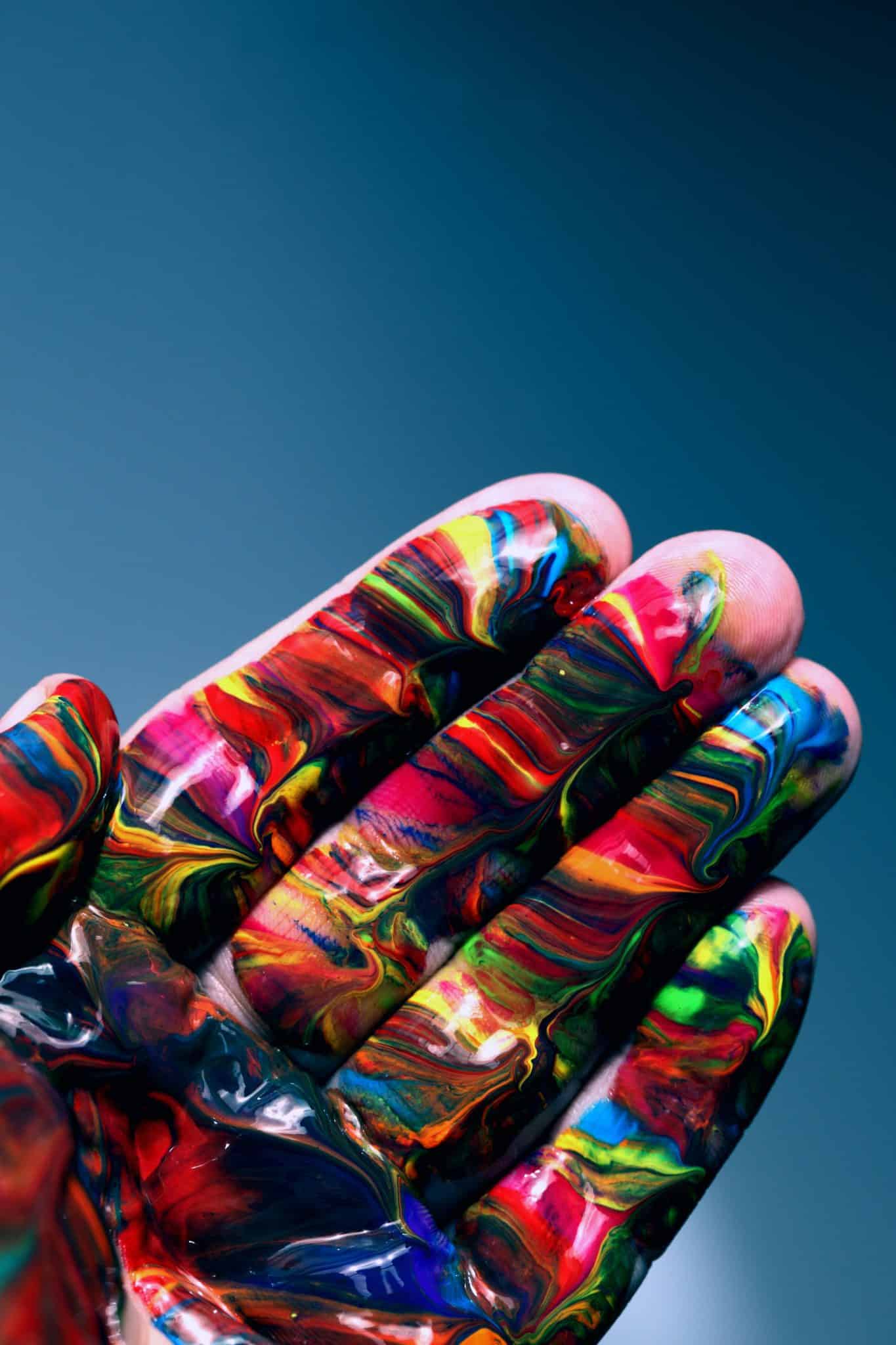What is on this page
Art Therapy and PTSD
Art therapy is a form of psychotherapy that uses artistic expression and creativity as a way to address psychological and emotional issues. It can be an effective treatment for post-traumatic stress disorder (PTSD) because it allows individuals to express and process their emotions in a safe and creative way.
PTSD is a mental health condition that can develop after an individual has experienced a traumatic event, such as a natural disaster, car accident, or physical or sexual assault. Symptoms of PTSD can include flashbacks, nightmares, anxiety, depression, and avoidance of triggers associated with the traumatic event.
Art Therapy is Beneficial for PTSD
Art therapy can be beneficial for individuals with PTSD in a number of ways. It can help individuals process and express their emotions related to the traumatic event, which can be difficult to do with words alone. Art therapy can also provide a sense of control and empowerment, as individuals are able to create and shape their own artistic expression.

In addition, art therapy can help individuals with PTSD develop coping skills and find new ways of managing their symptoms. It can also provide a sense of community and support, as individuals can work with other individuals who have experienced similar trauma and share their experiences through their art.
- Art therapy can provide a safe and controlled way for individuals with PTSD to confront and process their traumatic memories and feelings. It can allow individuals to express their emotions in a way that is less threatening and overwhelming than talking about the event directly.
- Art therapy can help individuals with PTSD develop new perspectives and understandings of their trauma. By creating art that reflects their experiences and emotions, individuals can gain insights into their own thoughts and feelings and gain a greater sense of self-awareness.
- Art therapy can promote relaxation and stress reduction. Creating art can be a meditative and calming activity that can help individuals with PTSD reduce their anxiety and feel more grounded and present in the moment.
- Art therapy can be a way for individuals with PTSD to find meaning and purpose in their experiences. By creating art that reflects their trauma, individuals can give voice to their experiences and find ways to make sense of what has happened to them.
- Art therapy can improve overall functioning and quality of life. By helping individuals with PTSD to manage their symptoms and improve their coping skills, art therapy can have a positive impact on their overall well-being and daily functioning.
Disassociation as a Coping Mechanism for PTSD
Disassociation is something that people with PTSD often experience. It’s when you temporarily disconnect from your thoughts, feelings, memories, or sense of self. It’s kind of like a coping mechanism, helping you to deal with the emotional pain of a traumatic experience. It can show up in different ways, like feeling detached from your body or surroundings, having a hard time remembering details of the traumatic event, or feeling like you’re watching everything from the outside. Sometimes disassociation can cause you to forget certain things or periods of time related to the traumatic event – this is called dissociative amnesia. While disassociation can be helpful in the short-term, it can also get in the way of your everyday life. That’s why it’s important for people with PTSD to get treatment, which might include therapy and medication, to work through the underlying trauma and learn healthier coping strategies.

Art Therapy Approaches for PTSD
There are a number of different techniques and approaches that art therapists may use with individuals with post-traumatic stress disorder (PTSD). These may include:
- Drawing or painting images related to the traumatic event: This can allow individuals to express their feelings and experiences in a visual way.
- Using clay or other materials to sculpt representations of the event or its aftermath: This can provide a tactile and kinaesthetic way for individuals to process their trauma.
- Creating collages or mixed media pieces that incorporate images and symbols related to the trauma: This can help individuals to express their emotions and experiences in a more symbolic way.
- Using art as a way to process and make sense of dreams or nightmares: This can help individuals to understand and gain insights into their unconscious thoughts and feelings.
- Engaging in art-making as a way to develop self-awareness and mindfulness: This can help individuals to become more attuned to their thoughts, feelings, and physical sensations in the present moment.
- Using art as a way to develop and practice coping skills: This can include creating art that reflects healthy ways of managing stress or creating art that represents goals or aspirations for the future.
- Creating art in a group setting: This can provide a sense of community and support, as individuals can work with others who have experienced similar trauma and share their experiences through their art.
It is important to note that different techniques and approaches may be more effective for different individuals, and a qualified art therapist will work with an individual to determine the most appropriate approach for their needs.
Art therapy can be used in conjunction with other therapies such as transpersonal, integrative psychotherapeutic approaches, EMDR, exposure therapy, EFT. A mental health professional who is trained in art therapy and has experience working with individuals with PTSD can be an important added resource in developing a comprehensive treatment plan.

